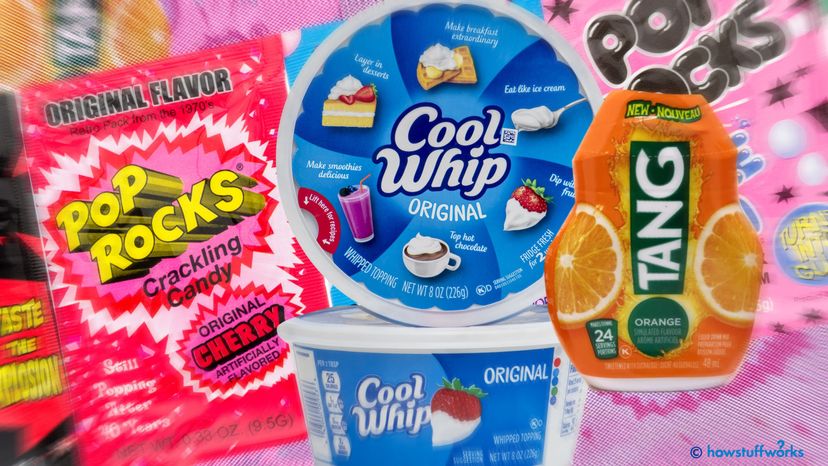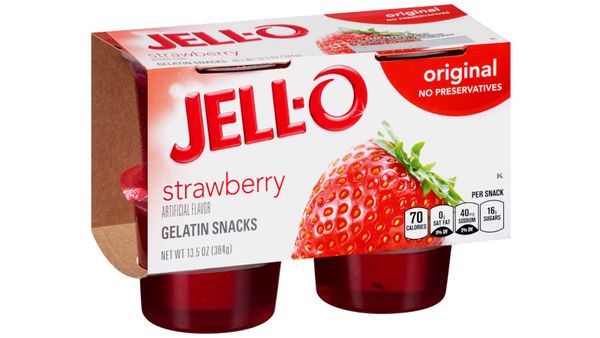It was this commitment to the science of discovery that made Mitchell's career accomplishments so enduring.
"Pop Rocks was an attempt at instant soda that found a different purpose. Tang was made to simulate fresh orange juice via flavor crystals, making it easier to transport and longer to store. Cool Whip was made to ease the hand-whipping cream process for people and to allow it to be stored frozen," says Claire Conaghan, associate director of content at Datassential, a food and beverage market research and intelligence platform, via email. "They all remain nostalgic today and are often reintroduced to new generations by their parents or grandparents who are nostalgic or appreciate the convenience."
Brian Chau, a food scientist and food systems analyst who runs a food science consulting firm, once met Mitchell's daughter, Cheryl, who, like her father, became a food scientist. While Cheryl Mitchell's work has focused on using natural ingredients to craft vegan milk, her father was quick to offer experimental ideas. When his daughter began growing dahlias, William Mitchell suggested they roast the plant's tubers, a process that produced "a coffee-like taste, which the Mitchells began marketing as Dacopa, a coffee substitute with health benefits," according to an article in The Atlantic.
Dacopa didn't meet with commercial success, not like the quick and convenient products William Mitchell had once created. Instead, coffee consumption trends went the way of complex and time-consuming endeavors, of laborious cold foam and nitrogen drips.
"There is demand for innovations," Chau says via email, "but it is now applied in food biotech and food tech as seen from alternative sources of protein, fermented byproducts, and upcycled waste products."
Mitchell retired from General Foods in 1976. A father of seven who was married for 60 years, he was remembered in his 2004 obituary as a "devoted, stimulating and loving parent" and, of course, by the millions of consumers who startled their tastebuds with Pop Rocks or pretended they were an astronaut while drinking Tang.



